Explore the fascinating history of Zagora, Morocco’s gateway to the Sahara. Learn about its ancient Berber origins, the significance of the Draa Valley, the trans-Saharan trade routes, and the cultural legacy that continues to thrive today. Dive into Zagora’s past and uncover the stories that shaped this historic desert town.
Origins and Early History
Zagora’s history dates back to ancient times, with its roots firmly planted in the era of the Berber tribes who have inhabited the region for millennia. The town itself takes its name from the nearby Zagora Mountain, which has long been a landmark for travelers crossing the vast desert expanses. The mountain’s strategic position provided a natural fortification, making it an ideal settlement area.
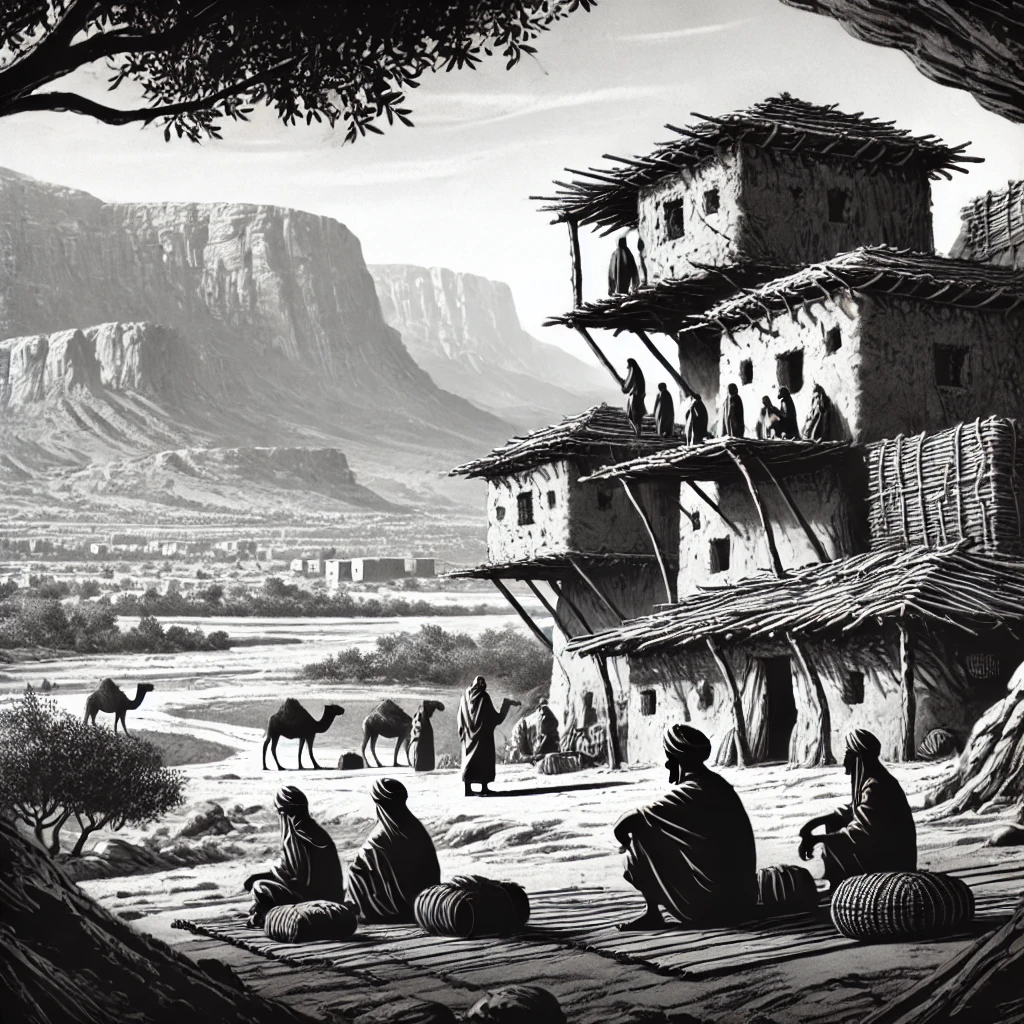
The Importance of the Draa Valley
Zagora is situated in the Draa Valley, a region that has historically been a fertile oasis in the arid desert landscape. The Draa River, which flows intermittently through the valley, supported the growth of palm groves and agriculture, enabling the establishment of small settlements. These communities thrived by cultivating dates, grains, and other crops, which became essential trade goods.
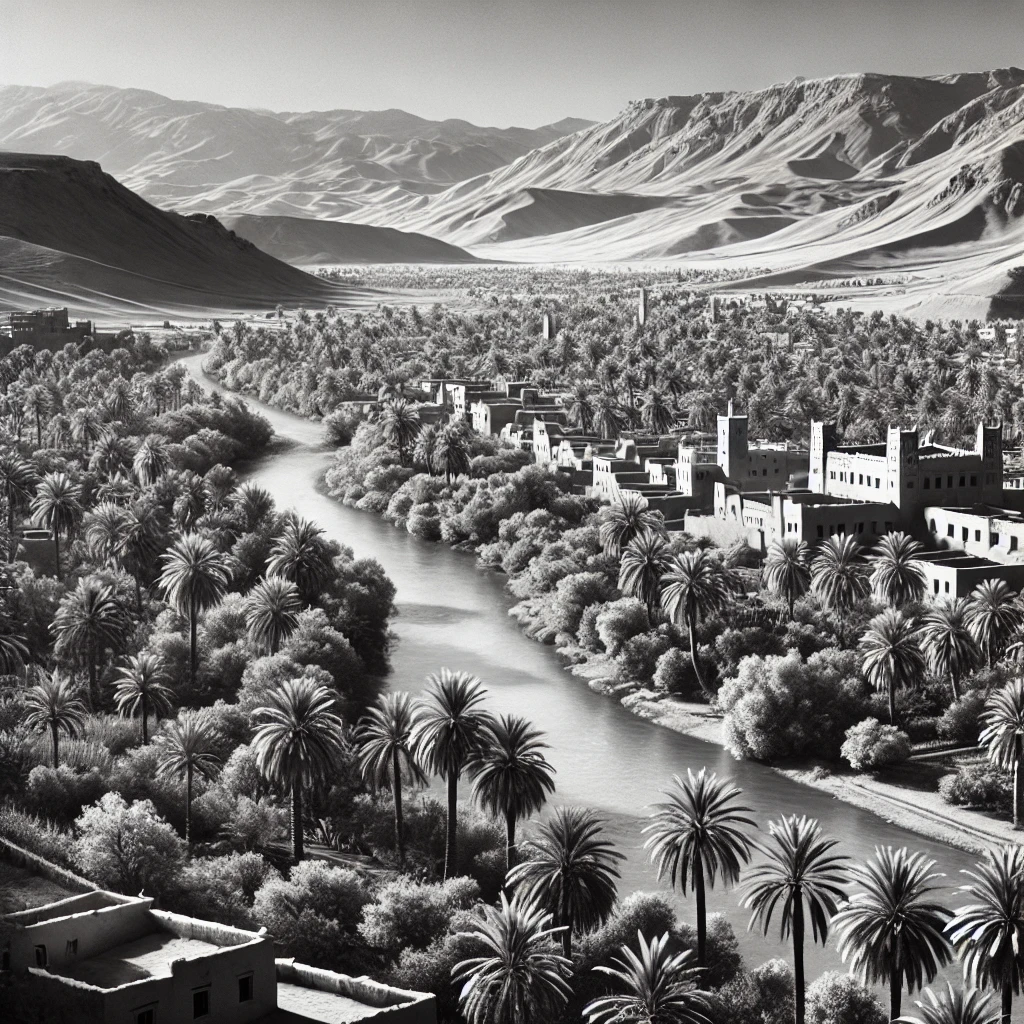
The Caravan Trade Era
During the medieval period, Zagora rose to prominence as a key stop on the trans-Saharan trade routes. Caravans laden with gold, salt, ivory, and other precious commodities would depart from the town, embarking on perilous journeys across the Sahara to reach the markets of West Africa, particularly the legendary city of Timbuktu. The famous sign in Zagora, reading “52 Days to Timbuktu,” is a reminder of this storied past.
The town’s location made it a melting pot of cultures, where Berber, Arab, and African traders mingled, exchanging goods, stories, and traditions. This vibrant exchange contributed to the rich cultural tapestry that defines Zagora to this day.

The Rise and Fall of the Saadian Dynasty
In the 16th century, Zagora and the surrounding region came under the control of the Saadian Dynasty, which sought to capitalize on the lucrative trans-Saharan trade. The Saadians fortified the town and established it as a military outpost, using it as a base for their expeditions into the desert.
However, with the decline of the Saadian Dynasty and the shift in global trade routes, Zagora’s importance waned. The trans-Saharan trade routes gradually fell out of use, and the town reverted to its quieter, more traditional ways of life.
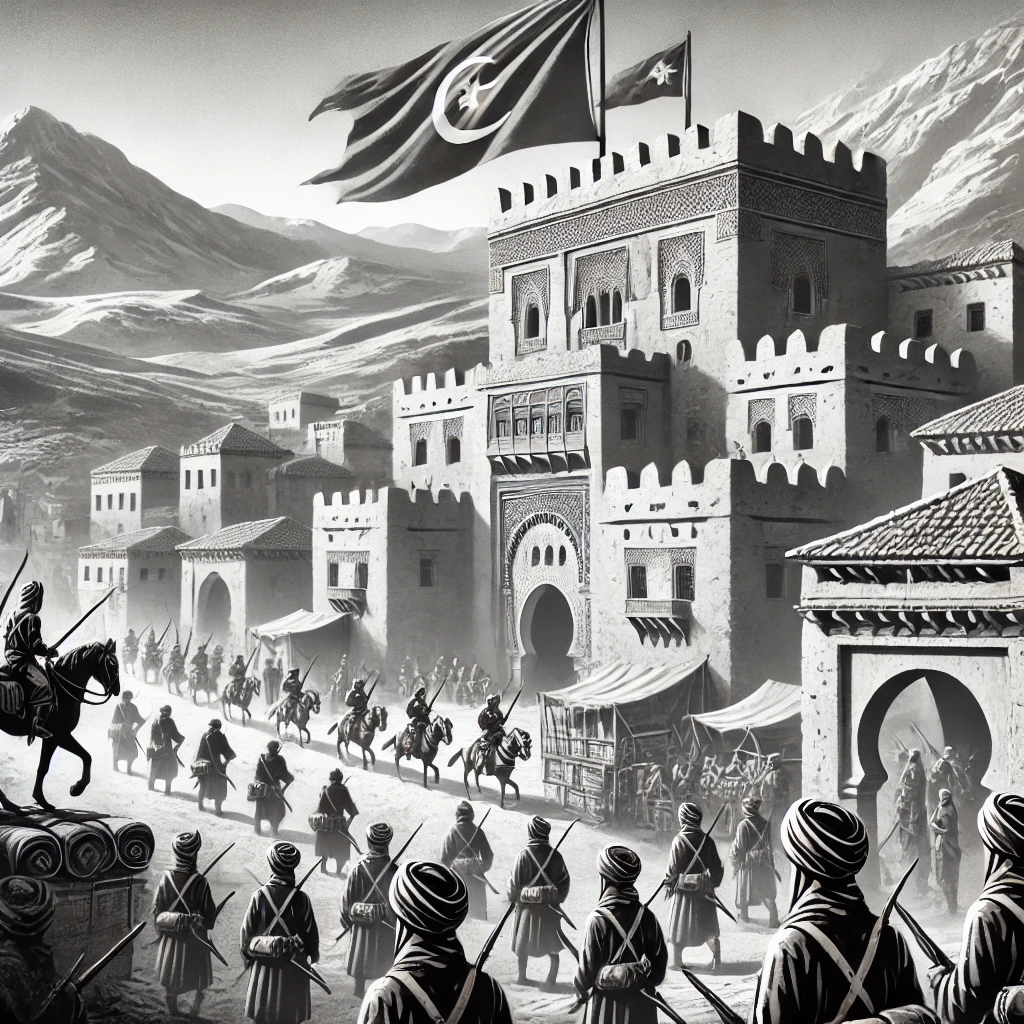
Modern Zagora: A Blend of Tradition and Tourism
Today, Zagora is a small but vibrant town that has managed to preserve its historical charm while adapting to modernity. The town’s economy is now largely driven by tourism, with visitors drawn to its historical sites, traditional Berber culture, and the allure of the Sahara Desert.
Zagora’s historic kasbahs, such as the Kasbah of Zagora, stand as testament to its storied past, offering visitors a glimpse into the architectural and cultural heritage of the region. The town is also known for its crafts, including pottery and weaving, which continue to be practiced using traditional methods passed down through generations.
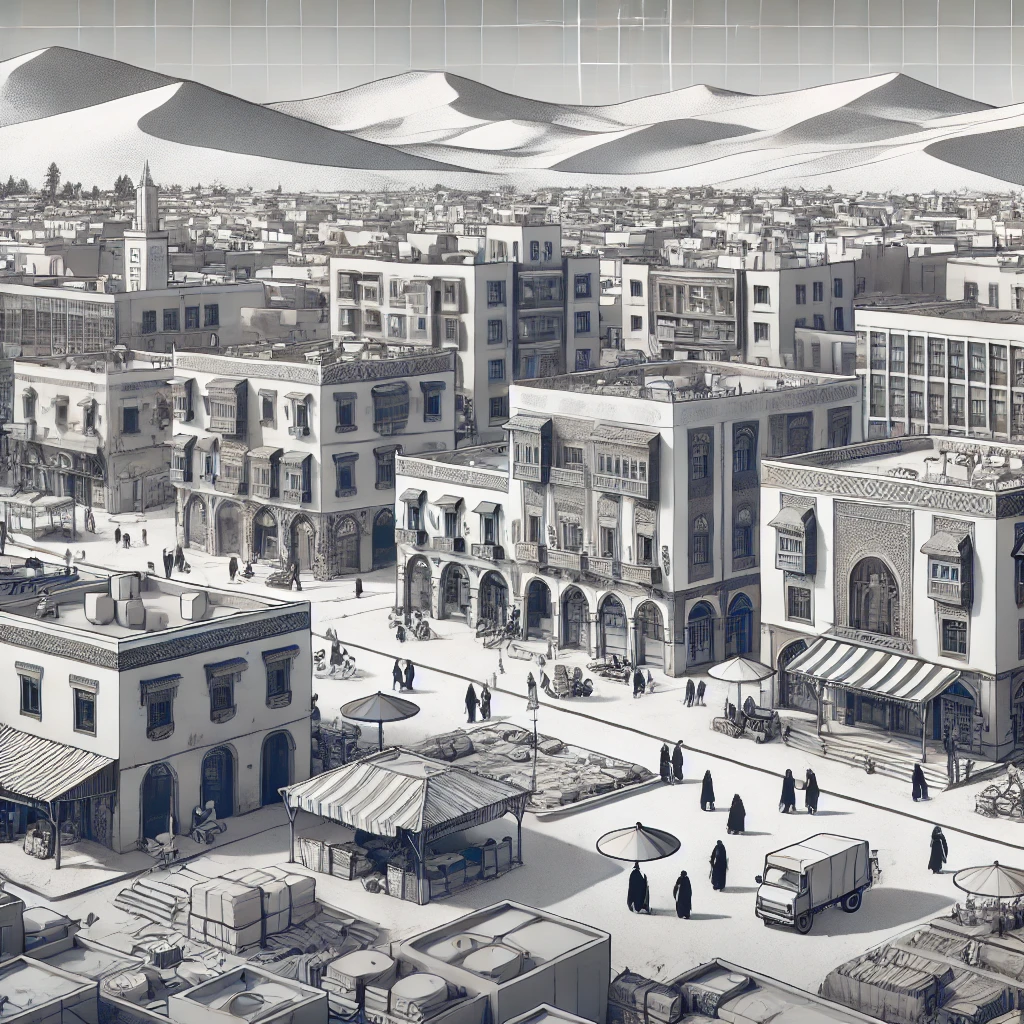
Cultural Significance and Festivals
Zagora remains a cultural hub, hosting various festivals and events that celebrate the region’s Berber heritage. The annual Moussem of Moulay Abdelkader Jilali, a religious festival, attracts visitors from across the region, highlighting the town’s enduring cultural significance.
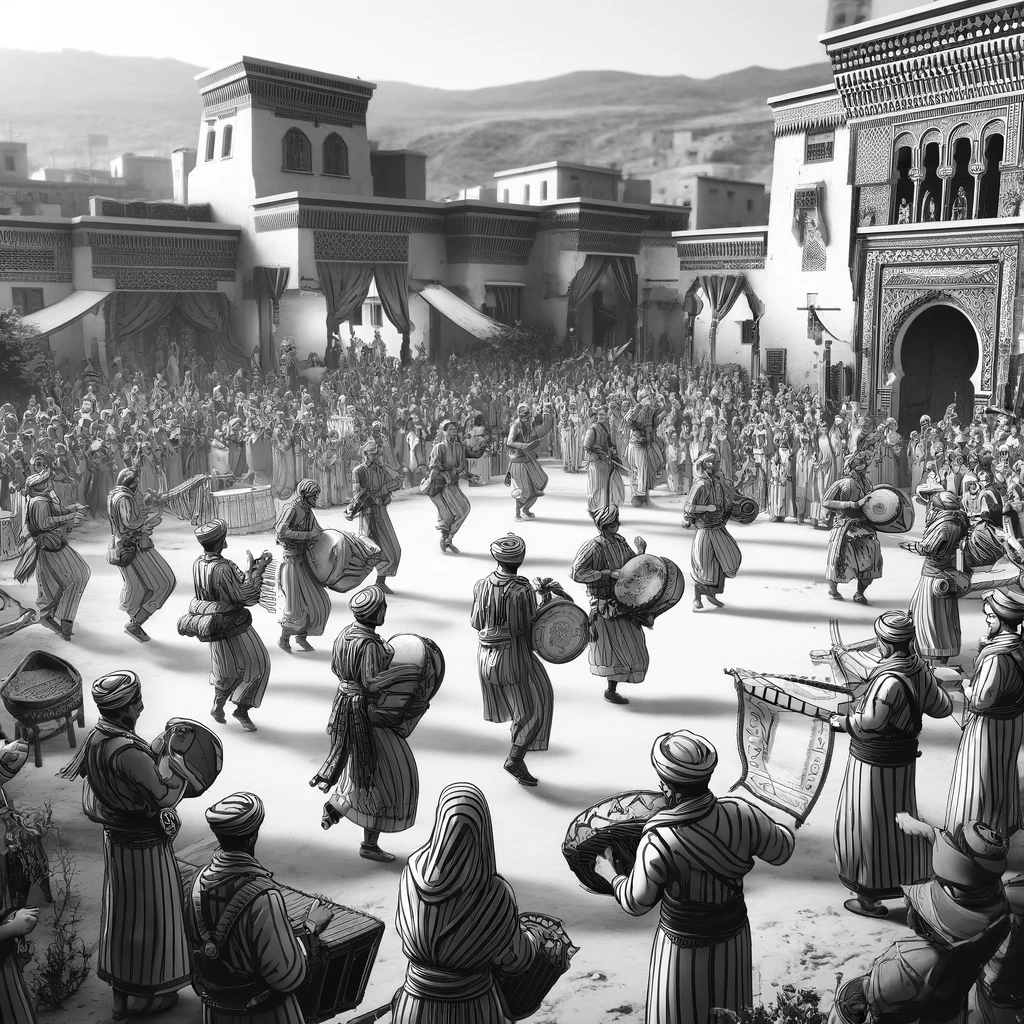
Conclusion
Zagora’s history is a tale of resilience and adaptation, shaped by the challenges of desert life and the ebb and flow of trade and empires. From its origins as a Berber settlement to its role as a key stop on the trans-Saharan trade routes, Zagora has played a pivotal role in the history of the Sahara. Today, it continues to captivate visitors with its rich cultural heritage, stunning landscapes, and the timeless allure of the desert.
